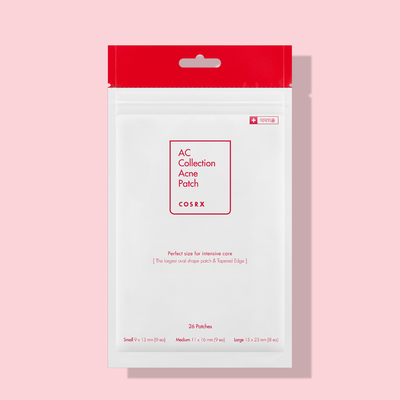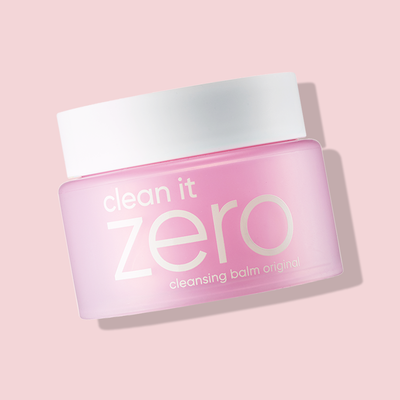CHEMICAL EXFOLIANTS – WHAT ARE AHA, BHA AND PHA?
Why is exfoliation (peeling) important?
Our skin’s regeneration cycle (the cycle where dead skin cells are removed and new skin cells form) is about 4 weeks,
and this cycle changes periodically because of various kinds of external factors (UV rays, environmental pollution, etc.)
The dead skin cells that are not removed at a proper time causes bad skin texture and many other kinds of skin diseases.
It is necessary to exfoliate to prevent it!

How to exfoliate
- Physical method: Removal of dead skin cells by applying physical forcesthrough the use of rough grains such as unrefined sugar or Chinese pearl barley skin.
- Chemical method: Melting of dead skin cells by using chemical substances such as AHA, BHA, etc.
While the physical method removes dead skin cells through rubbing and pressure which give direct irritation to the skin and may result in uneven elimination of dead skin cells, the chemical method gently melts the dead skin cells to remove them evenly and without rubbing.
Representative substances of chemical exfoliants
- AHA : 1st generation: Gentle melting of dead skin cells as the very small AHA molecules penetrate the skin + irritation
- BHA : 2nd generation: Effects of AHA + possible to take care of black/whiteheads as the fat-soluble molecules melt inside the pores + low irritation
- PHA : 3rd generation: A next-generation exfoliant that has similar effects with AHA + deep hydration + very low irritation due to the large molecules
Common effects of AHA & BHA and PHA: Since they remove the dead skin cells of your skin, your skin texture becomes smoother and you can even experience an anti-wrinkling effect. Also, because the pigmented layer is eliminated, the overall skin tone becomes brighter.
How each chemical exfoliants works ?
1. AHA
The water-soluble AHA gently melts dead skin cells of the epidermis, and it is suitable for dry and combination skin types.
However, because the very small molecules deeply penetrate the skin, it gives an irritating feeling.
So, if you have sensitive skin, it is recommended to take extra care when using AHA. Besides, the skin layers become thinner after exfoliation, making your skin sensitive and vulnerable to sunlight. Thus, it is mandatory to apply sunscreen after exfoliation. Types of AHA – Mainly acids obtained from fruits, which include glycolic acid (high penetrative power because it has the smallest molecules among AHAs), lactic acid (excellent moisturizing power), citric acid, malic acid, etc.
2. BHA
The fat-soluble BHA gently melts dead skin cells, along with giving black/whitehead care by melting inside the pores. Also, it is suitable for oily and troubled skin types because it has an anti-inflammatory effect.
It has low irritation compared to AHA, and it is also mandatory to apply sunscreen after exfoliation.
Types of BHA –Salicylic acid, which is mainly obtained from the willow bark skin. 
3. PHA
Just like AHA, PHA is water-soluble and has similar effects with AHA. However, its large sized molecule offers a relatively weak exfoliation effect, and it is suitable for dry and combination skin types.
Due to its low irritation on the skin, it is suitable for people who feel AHA is too irritating.
Also, as it is applied on the skin as if it creates a thin layer on the skin surface, it can give deep hydration and make your skin glow. Types of PHA –Includes gluconolactone, lactobionic acid, etc.

< AHA vs BHA vs PHA >
. Recommendations.
- COSRX AHA 7 WHITEHEAD POWER LIQUID
- COSRX AHA/BHA CLARIFYING TREATMENT TONER
- COSRX NATURAL BHA SKIN RETURNING A-SOL
- COSRX NATURAL BHA SKIN RETURNING EMULSION
- COSRX BHA BLACKHEAD POWER LIQUID
- COSRX PHA MOISTURE RENEWAL CREAM
Powered by COSRX










Leave a comment